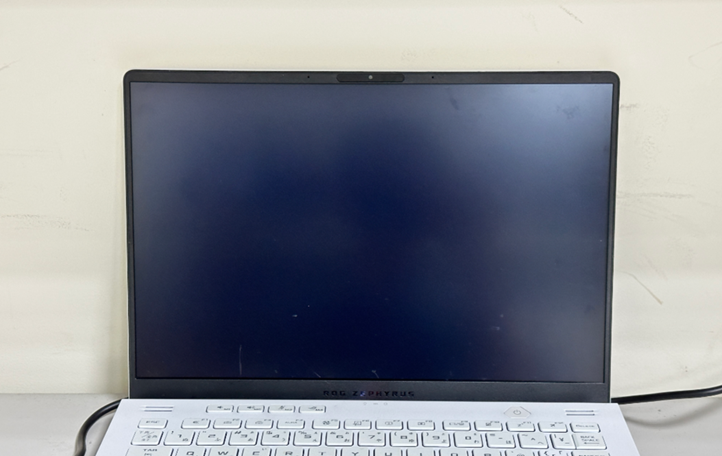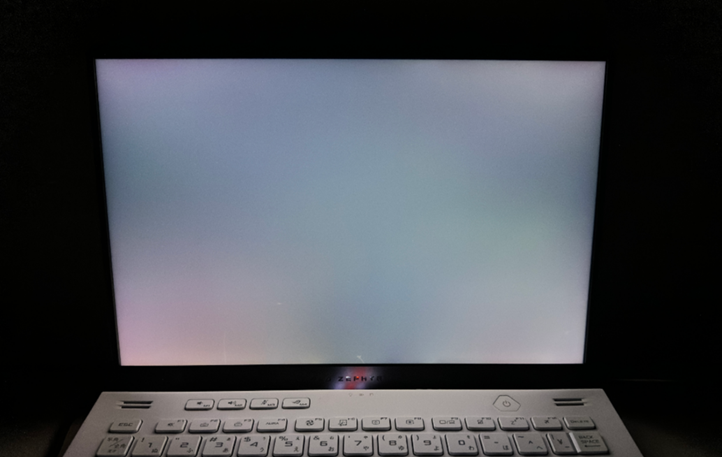LCD screen light leakage judgement
Applicable product: Laptop/All-In-One PC/LCD monitor
Explanation of LCD Screen Light Leakage Phenomenon
The illumination technology of LCD screens allows users to enjoy the same clear image quality and color performance from different viewing angles. Whether watching videos or playing games, this technology provides a better experience. The liquid crystal layer can deflect light, and due to the refraction differences of red, blue, and green light wavelengths, colors may vary when viewed from different angles. Therefore, when viewing a black screen, different color deviations may appear at the four corners of the screen. This is a natural characteristic of LCD screens and not an abnormal phenomenon. Light leakage is often visible at the edges or sides of the screen, especially when displaying a black background in a dim environment.
How to identify LCD screen light leakage
Please check for light leakage in a brightly lit environment, ensuring the ambient light meets industry standards of at least 150 lux per unit area (e.g., typical office lighting). Do not check for light leakage in low-light environments (e.g., dark rooms).
The following instances of LCD screen light leakage are considered normal:
Figure 1: In an office lighting condition (proper lighting environment of 150 lux or above), the LCD screen does not exhibit light leakage when displaying a black background.

Figure 2: In low-light environments (e.g., dark rooms or dimly lit indoor spaces), check the LCD screen with the background set to black. If light leakage occurs, it is considered a normal phenomenon.

- Figure 1 and 2 belong to the same model of LCD screen.
- Figure 2: When viewing images with a black background in a dimly lit environment, the occurrence of light leakage is expected. This LCD screen operates as designed and meets ASUS specifications.
Below is the explanation of LCD screen light leakage phenomenon: Light leakage can be observed in a normal lighting environment (150 lux or above).
Figure 3:

Troubleshooting LCD screen light leakage phenomenon:
- First, ensure you are in a well-lit environment (150 lux or above) and set the desktop background to black. Confirm whether there is any light leakage phenomenon.
- If light leakage persists, please refer to the example in figure 3 and take a photo. Contact ASUS Service Center for further assistance, where ASUS technicians can help you determine the issue.